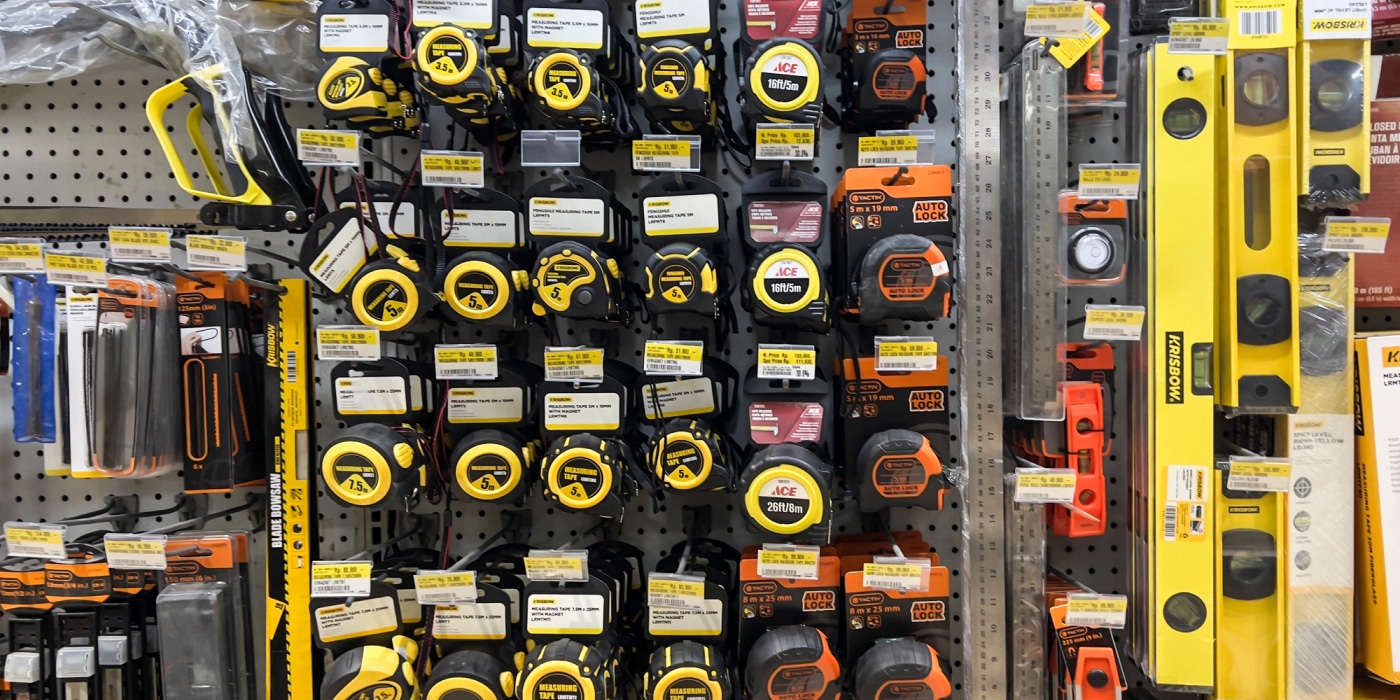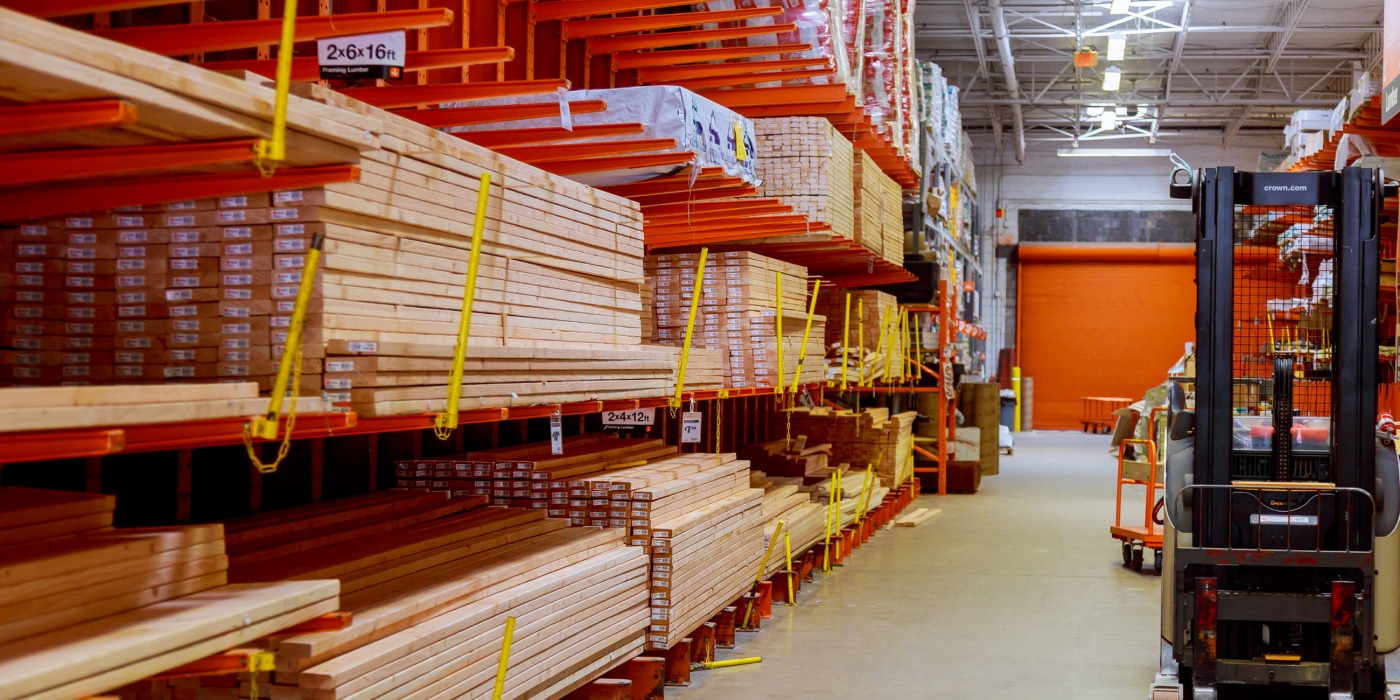Four Home Improvement Retail Trends for 2025
Home improvement retailers are adapting to new shopping habits, technology advances, and delivery expectations that are reshaping the way products are sold and delivered. With a growing focus on store expansion, enhanced customer experiences, and fulfillment optimization, 2025 will bring big changes to the industry. Home improvement retailers are redefining the way consumers approach DIY projects and professional renovations.
Here’s a look at four home improvement retail trends to watch this year.
Smaller-Format Store Expansion
Smaller-format home improvement chains such as Ace Hardware, Harbor Freight, and Tractor Supply have been outperforming their larger competitors over the past several years, according to Placer.ai. This trend is primarily driven by store expansion and migration patterns. Ace Hardware and Harbor Freight have aggressively increased their presence in high-growth markets.
The success of smaller retailers reflects a broader industry shift toward optimizing store formats, with many retailers embracing smaller stores to mitigate rising operational costs and respond to evolving consumer trends. Tractor Supply has big plans for 2025, including opening approximately 90 Tractor Supply stores, 10 Petsense by Tractor Supply stores and continuing remodels and garden center transformations. Tractor Supply has also increased its long-term store count goal to 3,200 locations, up from its previous target of 3,000.

Experiential Retail and In-Store Innovations
Home improvement retailers are reimagining the in-store experience and reshaping their stores into interactive spaces where customers can explore, learn, and get inspired. Interactive displays, DIY workshops, and expert consultations are transforming traditional retail spaces into engaging, community-driven hubs. Integrating IoT devices and real-time analytics can enhance inventory tracking, customer service, and personalized in-store navigation. By evolving their physical presence, home improvement retailers can offer a compelling alternative to online shopping, ensuring that every customer touchpoint is memorable, engaging, and enjoyable.
Ace Hardware recently unveiled an experiential store concept to enhance the shopping experience. The new format features brand showrooms, an outdoor backyard space, enhanced customer service and new product assortments. The retailer aims to bring the new concept to 1,900 locations during the next five years. Ace Hardware is also implementing digital shelf label technology (DSL) across its stores. The DSLs enable the company to update pricing at the store level, in a matter of seconds. The retailer can also track, monitor, and manage digital price tags and IoT devices remotely, helping improve customer service while streamlining operations.
Increasing Artificial Intelligence Implementation
Artificial intelligence has become the latest tool for home improvement retailers, helping them improve the shopping experience and enhance customer service. Home Depot is launching Magic Apron, a proprietary suite of generative AI tools designed to help customers answer how-to and product questions and assist them with home improvement projects.
Home Depot plans to expand the technology to offer tailored services for professional contractors and business account users. Similarly, Lowe’s has launched Mylow, a chatbot developed with Open AI, designed to deliver the same expertise as a Lowe’s associate. Mylow can deliver quick, conversational answers to home improvement questions and provide insights on projects, helping ensure customers find and purchase the right tools and materials for their projects.

Faster and More Efficient Fulfillment
Customers have become more comfortable shopping online for their home improvement needs, leading retailers to invest more in their fulfillment capabilities. Home improvement retailers are expanding their fulfillment operations in order to meet customer demands, making it easier to get heavy and bulky products delivered quickly and efficiently.
The Home Depot is investing in its flatbed distribution centers (FDCs) as it expands its fulfillment operations to drive stronger delivery speeds. Three FDCs are currently under construction, with more in the pipeline. FDCs help deliver larger orders directly to job sites. In 2020, the retailer announced plans to build about 150 flatbed distribution centers to offer same and next-day delivery to 90% of U.S. customers.
Retailers who embrace these trends and invest in their physical, digital, and logistics infrastructures will be well-positioned to meet the evolving needs of modern homeowners. Whether you’re a seasoned DIY enthusiast or a first-time renovator, these trends are set to enhance every aspect of the home improvement journey.
For more information about how our delivery management solution can help you manage your deliveries more efficiently, please contact info@bringoz.com.
